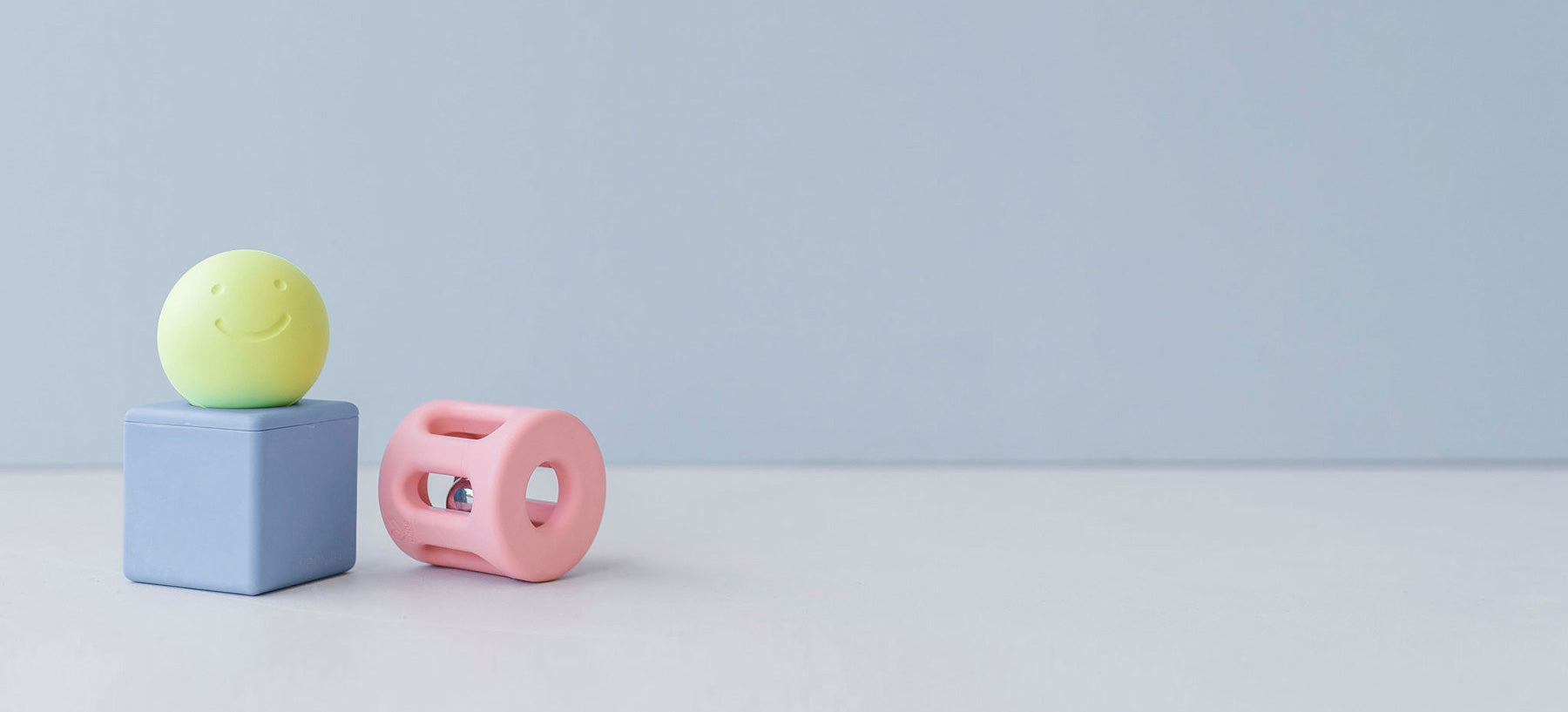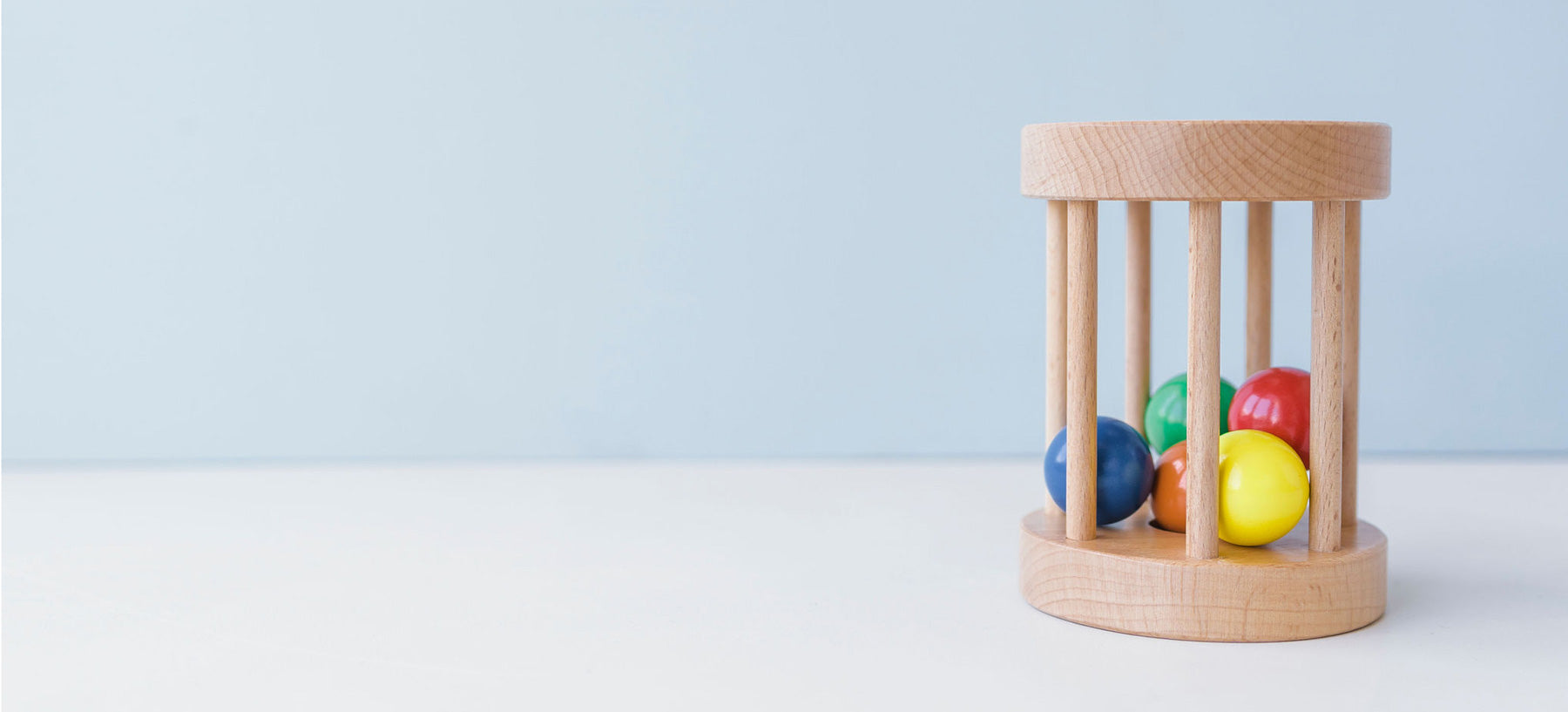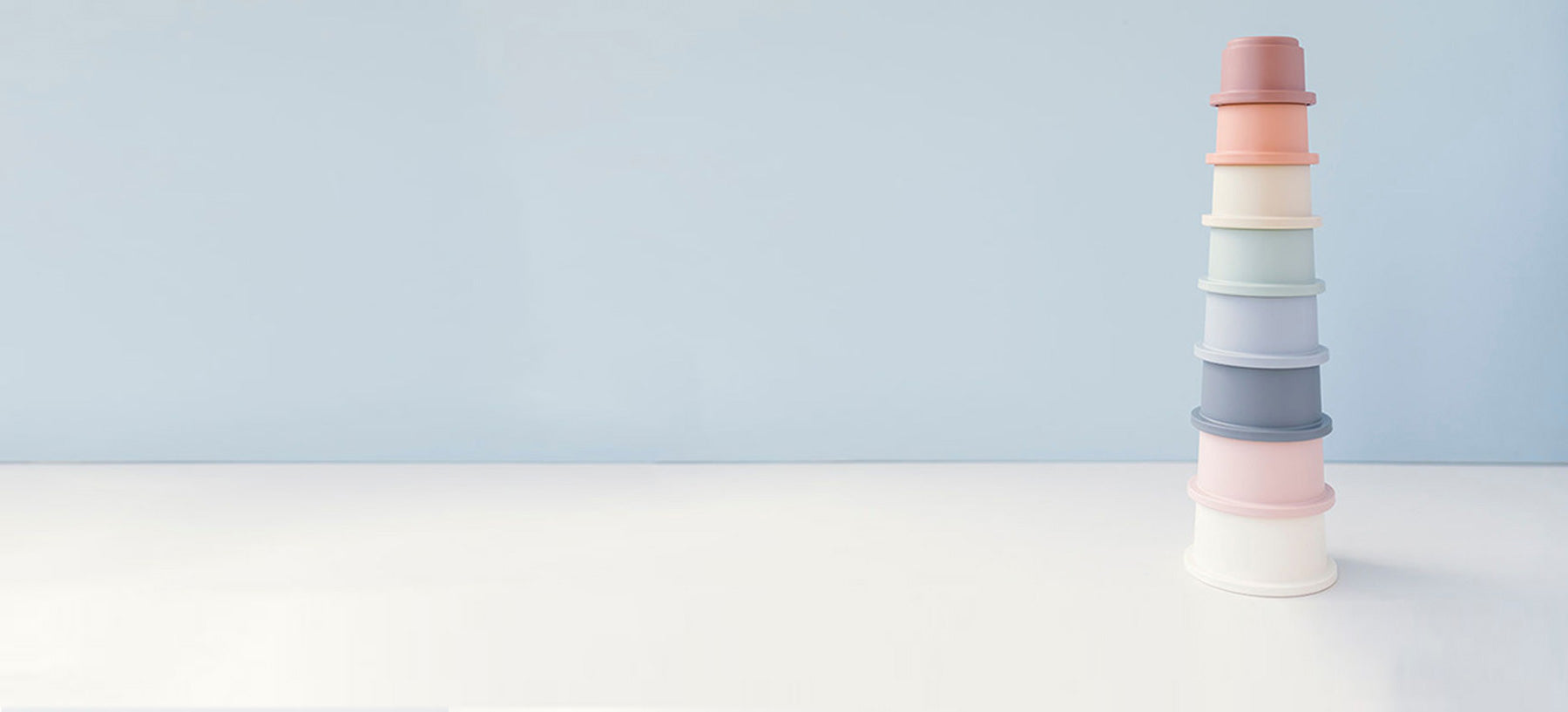What are fine motor skills and why are they important?
While gross motor skills refer to the use and coordination of the large muscles of the body, fine motor skills refer to the coordination of small muscle movements, which control the hand, fingers and thumb. Fine motor development refers to how these skills develop from birth and through childhood. The development of these important skills ensures your little one is eventually able to complete important tasks like self-feeding, dressing themselves and writing! The ability to do these tasks will continue to develop through experience and exposure to a variety of toys, materials and sensory experiences. Using a range of different items will help develop strength, dexterity and manipulation skills. Each of our PlayLogy PlayBoxes includes an item with fine motor skills in mind, and we offer advice on the best ways to play to ensure maximum development of these skills.
What is hand-eye coordination?
You’ll see us mention hand-eye coordination a fair bit, which refers to the ability to use your vision to coordinate the information you received from your eyes to direct the hands to complete a task. Firstly, babies will start to develop vision that allows them to follow slowly moving objects with their eyes. As babies learn to control their limbs, you will see they reach for objects, grasp objects and bring them to their mouths, this is their hand-eye coordination developing. From there they will develop ability to manipulate objects, self-feed and eventually, do up zips and buttons. How clever!
When we mention fine motor manipulation, it refers to our ability to handle and use objects to complete fine motor tasks. An example of this is rotating a toy to see all of its sides or doing up buttons and zips. Using simple puzzles in early years, help our little ones learn about manipulating objects through turning, placing and flipping pieces.

Grasp development
When looking at fine motor skills, it’s also important to identify the different types of grasp development.
The palmar grasp reflex is present from birth to allow babies to grasp objects without having to think or plan it. When you put your finger in a baby’s hand, they will instinctively close their fingers around the object. Palmar means ‘inside the palm’ and this is where the reflex occurs. Because this is a reflex, they will be able to grasp the object, but not be able to actively let it go.
Active grasping starts to develop from around four months of age and will start from the little finger side of the hand inwards – the thumb and index finger will only be able to actively join in last. Eventually, babies will start transferring objects between their hands and isolated finger movements will start to develop and finger feeding starts.
The pincer grasp is the ability to hold something between the thumb and first finger. This skill usually develops in babies around 8-12 months old. Children use their pincer grasp to pick things up and feed themselves, and it lays the foundation for a good pencil grip when they’re all grown up and ready to start school.

How do babies develop fine motor skills?
Fine motor skills develop as a result of gross motor development. As gross motor development takes place, the larger muscles will strengthen and lead to the development of the smaller muscles. Improved gross motor skills will lead to improved fine motor development.
Here is an overview of how fine motor skills develop and the best toys, for your baby’s development.
0-3 months:
- Places hands in mouth
- Attempts to reach for toys

3-6 months:
- Reaches for toys while on their tummy
- Transfers toys from one hand to the other
- Reaches both hands to play with feet
- Holds and shakes a toy using both hands

6-9 months:
- Able to hold and drink from a bottle
- Explores and examines an object using both hands and mouth
- Starts turning several pages of a board book at once
- Starts to isolate the index finger to touch things
- Starts finger feeding – with limited success

9-12 months:
- Finger feeds with ease
- Can release objects into a container
- Starts to use thumb and index finger to pick up tiny objects
- Bangs objects together
- Holds a toy with one hand

8-12 months:
- Finger feeds with ease
- Actively releases objects with good coordination
- Thumb and index finger become involved in grasp patterns and precision grasps start to develop
- In-hand manipulation starts to develop

PlayLogy has worked with experts in child education and psychology to curate age-specific PlayBoxes, taking the guesswork out of finding the right toys for your little one’s development.
The right play, at the right stage. 0-24 months. Shop now.
References
- Faure, M. and Richardson, A. - Baby Sense.
- Murkoff, H. and Mazel, S., 2018. What To Expect - The First Year [Rev Edition]. New York: Simon & Schuster, Limited.





